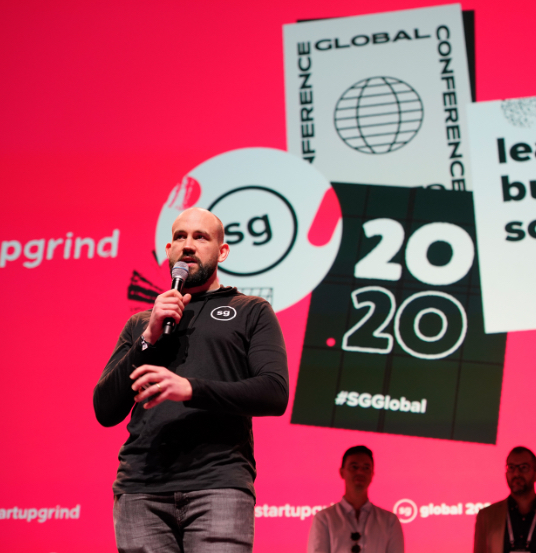

In October 2017 I started developing the 1st prototype of The Blue Box as my biomedical engineering bachelor thesis at the Universitat de Barcelona. With the ultimate goal of bringing this solution to all women in the world, I then moved to California, which seemed the right place to start pursuing this dream. Here at the University of California Irvine, I pursued the master of Embedded Cyber-physical Systems, where I met my friend Billy. He soon got motivated to bring in his computer science background. Now we not only enjoy working as a team but are also moved by the same passion: Providing every woman in the world with the possibility to prevent a deadly late-stage breast cancer.
In April 1989, Dr. Williams and Dr. Pembroke from King’s College Hospital, London reported a case in The Lancet about a Collie-Doberman who was licking a mole in its owner's leg. The mole was then shown to be cancerous, saving the patient’s life. This event proved that cancer causes metabolic changes, thus altering the body's taste. Since then, an increasing number of publications have been seeking the definitive set of breast cancer biomarkers. This would lead to an early-stage metabolites-based cancer test. Nonetheless, there does not exist a general consensus among authors yet. We, however, have followed a different approach to the challenge – based on engineering rather than experimental medicine. We have studied the dog's taste buds
Our goal is to take The Blue Box "from the lab into the hospital" in 2022. Our goal is to bring in different hospitals and committed doctors and start a clinical study to test the viability of the device when applied to early-stage breast cancer. To do so, however, we need to be able to afford the necessary equipment (around $80 per box), hospital fees and hopefully bring in an additional researcher into the team. If we were to be awarded this prize, we would be able to afford building 10 new Blue Boxes in addition to supporting two semesters of an additional researcher's work.